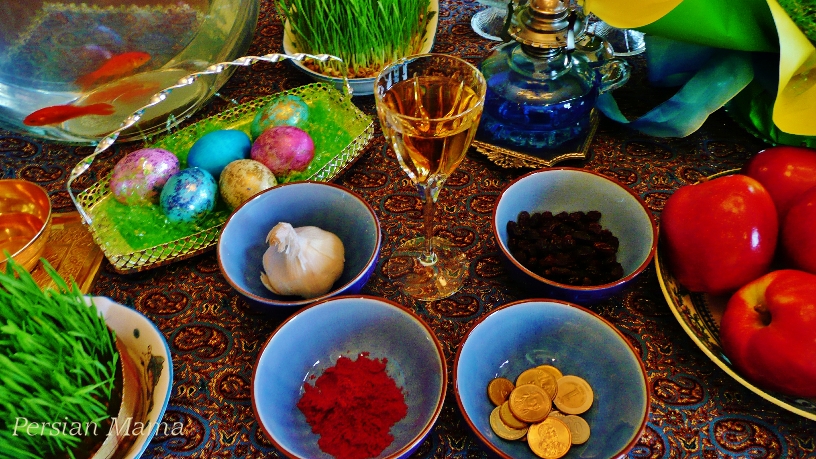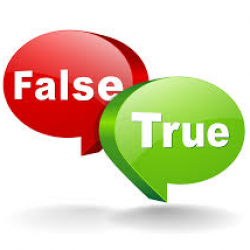How to Celebrate the Persian New Year (Nowruz)

۲۱ اسفند ۱۳۹۶
People start getting ready for Nowruz about three weeks before the actual vernal equinox. Pretty much everyone goes into serious spring-cleaning mode, ridding their homes of any unnecessary clutter and lingering grime that’s settled in over the past year so they can start fresh. At this time of year in Iran, you're likely to see countless Persian rugs hanging outside, where their owners can beat the dust out of them.
In these same weeks leading up to the actual day, families also set aside a space for a "haft-seen," or a collection of items that symbolize a different hope for the New Year. While some families add their own variations to the haft-seen (more on those in a bit), there are seven things that are always included:
- Sabzeh: Some kind of sprout or grass that will continue to grow in the weeks leading up to the holiday, for rebirth and renewal
- Senjed: Dried fruit, ideally a sweet fruit from a lotus tree, for love
- Sib: Apples, for beauty and health
- Seer: Garlic, for medicine and taking care of oneself
- Samanu: A sweet pudding, for wealth and fertility
- Serkeh: Vinegar, for the patience and wisdom that comes with aging
- Sumac: A Persian spice made from crushed sour red berries, for the sunrise of a new day
While these seven S items are the foundation of a haft-seen (which literally means "seven S's"), the tradition has evolved to the point where there are several other things you can include. For example, when I was growing up, my family’s haft-seens always included a mirror symbolizing reflection, colored eggs for fertility, coins for prosperity, and, if we were feeling ambitious, a real live goldfish for new life (an ironic association in my house, where basically every goldfish we brought home died almost immediately).
As you may have guessed, the colored eggs bled over from Christian traditions surrounding Easter, which usually falls around the same time as Nowruz. Muslim families will sometimes include a Quran. Other families might add a volume of poetry by Hafez, one of Iran's most beloved poets.
Basically, once you have the seven cornerstones set, the haft-seen is yours to customize.
Once the day of Nowruz arrives, it kicks off a 13-day celebration of dinners, family visits, and reflections on the year ahead. On the 13th day you take the sabzeh that's been growing in the haft-seen to whatever natural body of running water you can find and let it float away, to release the old and usher in the New Year.
My mother — who grew up in Tehran — told me that Nowruz usually saw everyone piling their sabzeh into their cars to head off into the mountains, the better to find a water runoff to set their greens adrift. And even though that meant braving a traffic jam like none other, everyone did it.
By Caroline Framke
https://www.vox.com/2016/3/20/11265872/persian-new-year-nowruz


